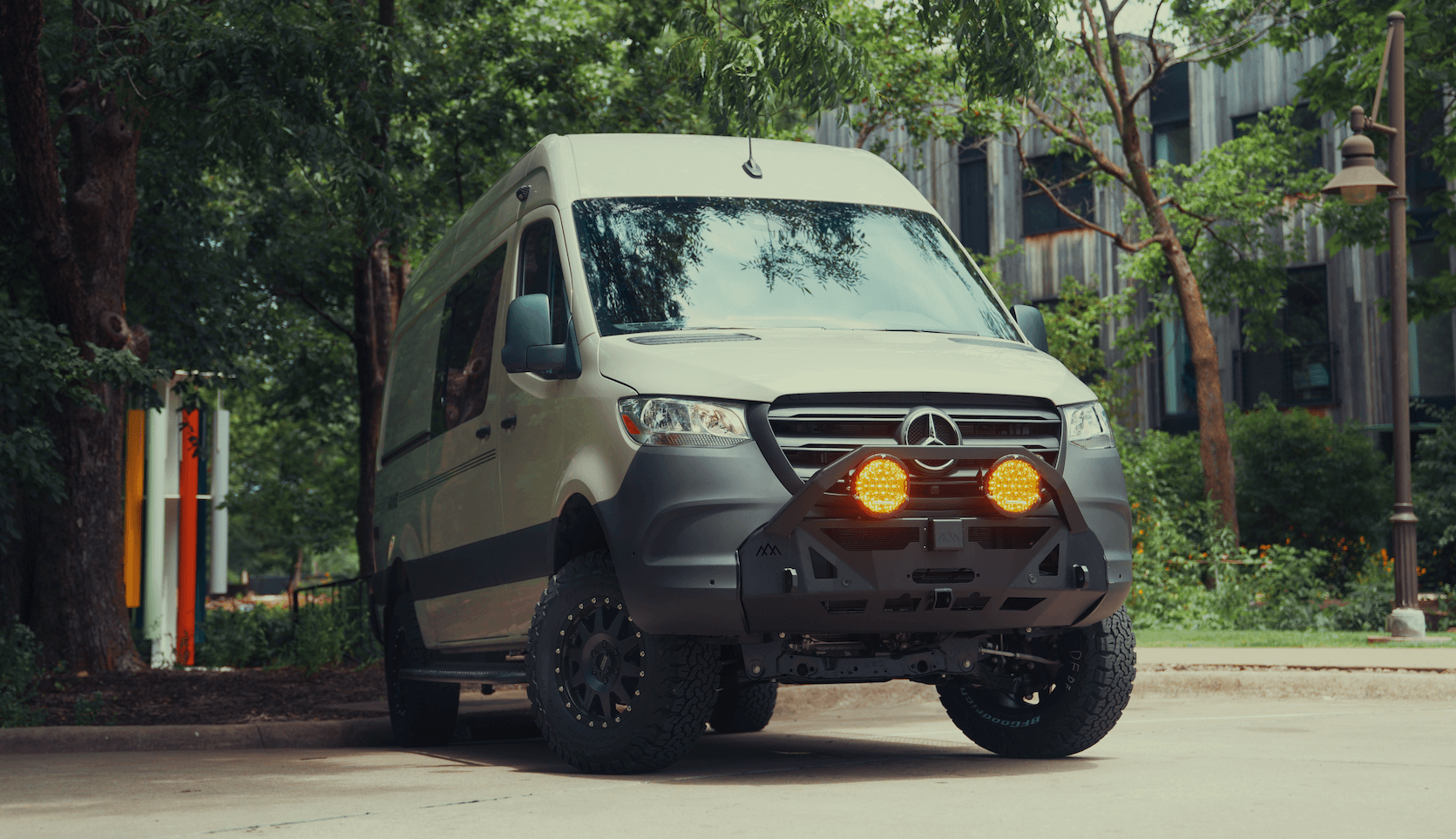Recreational Vans

A budget tier comparison is a simple way to bring order to messy choices. Instead of chasing line items, you sort options into three bands. Entry tier covers the essentials required for safe, functional use. Mid tier aims for the best mix of features and price. Premium tier targets top performance, refined materials, and long service life. By comparing these tiers side by side, you see the point where extra spend stops returning meaningful gains.
Tiers are not only about price. They also organize quality, reliability, convenience, and longevity. A mid tier option might add smarter layout and better components that reduce maintenance over years. Premium might include high output power systems, advanced thermal control, or bespoke materials that deliver comfort in harsh conditions. The right choice depends on how, where, and how often you use the product.
Start with a clear list of needs, then wants. Needs are the must haves to achieve your use case. Wants are comfort and convenience adds. Place each feature in entry, mid, or premium based on the level where it becomes genuinely valuable.
When complete, your tier chart should make tradeoffs visible. Entry shows what works now with careful use. Mid shows a longer range comfort zone. Premium shows robust performance in tougher conditions with fewer compromises.
Several traps can skew your decision. Recognize them early.
A clean tier comparison balances durability, function, and ease of use. If the mid tier delivers 90 percent of the benefit at 60 percent of the price, it is often the sweet spot.
Custom vehicle projects pack complex systems into a compact footprint. That makes budget tier comparison especially helpful. Think in systems, then assemble tiers that match your travel goals.
Key systems to consider:
Entry tier focuses on safe travel and core function. Expect a thoughtfully planned layout, reliable wiring practices, appropriate fusing, and basic climate strategies like ventilation with measured insulation. Power supports daily devices, lighting, and modest cooking needs. Water storage is simple, with easy service access. Materials are durable and easy to clean. This tier rewards careful energy use and steady pace travel.
Mid tier elevates comfort and autonomy. Power capacity grows with higher grade batteries and flexible charging from alternator and solar. Insulation and airflow combine with smart heating or cooling strategies that extend the usable season. Water and filtration improve, and fixtures feel more residential. Storage is optimized with modular cabinetry, bike or board solutions, and refined lighting zones. The result is lower fatigue on long trips and fewer compromises in mixed weather.
Premium tier targets high duty cycles and challenging terrain or climate. Electrical systems handle heavy draws such as extended air conditioning with fast recharge. Thermal control includes comprehensive insulation, thermal breaks, and advanced ventilated layers. Water systems scale for multi day off grid trips with redundancy. Materials move toward aerospace grade composites, premium upholstery, and precision metal work. Fit and finish step up, and service access is designed in from the start to reduce future downtime.
To keep the analysis objective, define measurable benchmarks.
Record results and price deltas. You will see where mid tier moves from nice to have to need, and where premium crosses into diminishing returns for your specific travel style.
Two signals say it is time to step up. First, you are consistently pushing limits like battery depth, cabin temperatures, or storage capacity. Second, you value reduced downtime and smoother travel more than the initial savings. If both apply, the next tier often pays for itself in fewer detours and less stress.
Use the budget tier comparison to make a shortlist that fits your destinations, trip length, and crew size. Keep the essentials list small, add wants sparingly, and test your assumptions with real numbers. The outcome is a clear plan that respects your budget and your time.
OZK Customs builds around this same logic, matching system choices to real use rather than buzz. If you want to explore layouts and tiered options for a new or existing rig, start with our recreational vans. For ground up projects with tailored systems, see our custom build van. If you prefer proven platforms with finance ready paths, review our mainstream vans.
A clear tier map turns a big decision into a confident one. Share your travel goals, climate range, and must have features. We will translate that into a build scope that meets your budget and your timeline, then hand off your vehicle at our Fayetteville Arkansas shop with a calm walkthrough and real world tips.
Tell us where you want to go and what you want your rig to do. We will align your budget tier comparison with a precise build scope and bring it to life.
Ready to turn a clear budget plan into a real rig? Talk with OZK Customs about a complete custom build or a focused upfit. We will map features to your budget, explain tradeoffs in plain language, and deliver a dialed adventure vehicle. Start your build conversation today.
ADDRESS:
6159 E Huntsville Rd, Fayetteville, AR 72701
PHONE:
(479) 326-9200
EMAIL:
info@ozkvans.com